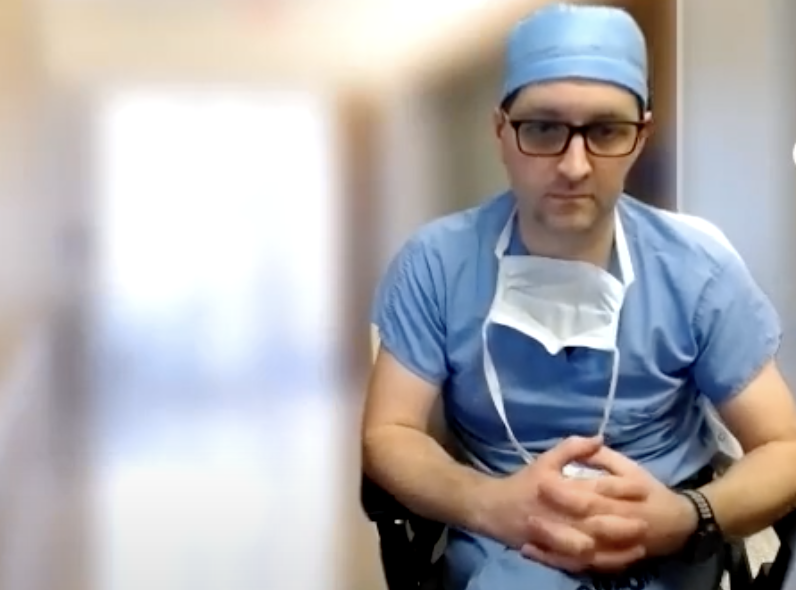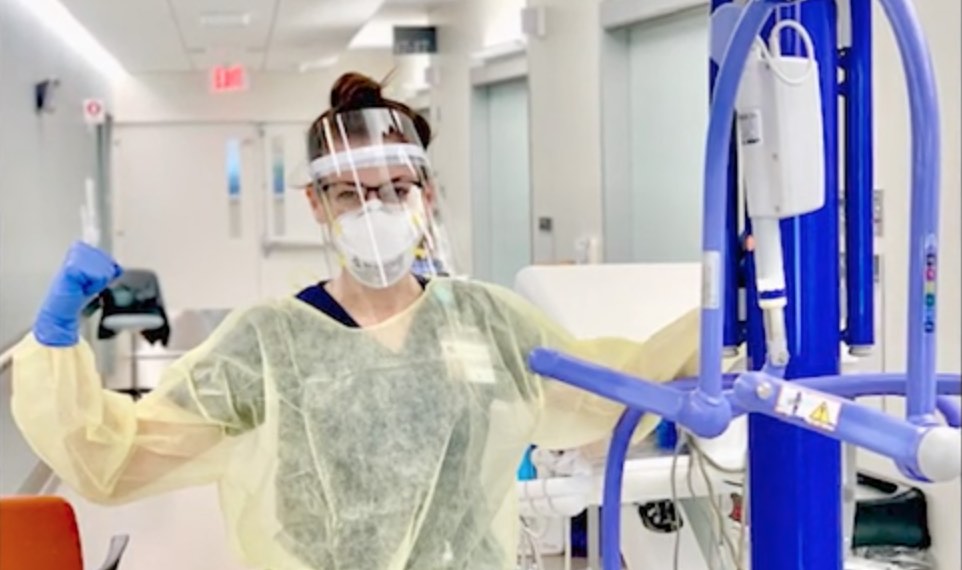Clinical signs at birth don’t predict survival in extreme prematurity
Reuters Health • The Doctor's Channel Daily Newscast
February 24, 2010 • Critical Care, Emergency Medicine, Family Medicine, Hospitalist, Medical Students, Nurses/NP/PA, Ob/Gyn, Pediatrics, Pharmacists, Reuters Health • The Doctor's Channel Newscast
NEW YORK (Reuters Health) – Survival of extremely premature infants (less than 26 weeks’ gestation) can’t be predicted by appearance at birth and early response to resuscitation, according to Australian investigators.
For these infants, the decision to resuscitate should not be based on early clinical signs, the investigators advise in the March issue of Pediatrics.
“This research was performed in response to a previous paper that suggested many neonatologists in the US would see what the baby looks likes at birth when assessing whether to commence/continue resuscitation and instigate intensive care in premature infants born at the ‘extremes of viability,’” lead author Dr. Brett J. Manley, from Royal Women’s Hospital in Melbourne, told Reuters Health by email.
Indeed, for infants born “at the border of viability,” experts generally recommend that physicians base clinical management on the condition of the infant at birth, the authors said.
To study this approach, the team showed videos of 10 infants’ first 5 minutes of life to 34 neonatologists (17 attendings and 17 fellows). The recordings focused on resuscitative efforts — which included intermittent positive-pressure ventilation and/or endotracheal intubation or nasal continuous positive airway pressure – as well as pulse oximetry displays and audio of resuscitation team discussions. The neonatologists also had details of the pregnancies and deliveries (but not birth weight).
At 20 seconds, 2 minutes and 5 minutes, the clinicians estimated the likelihood that the infant would survive to hospital discharge and whether they would continue resuscitation.
Gestational age ranged from 23 weeks, 3 days to 25 weeks, 5 days. Four infants died between ages 2 and 10 days, before hospital discharge.
The observers’ ability to predict survival was “only slightly better than chance,” with “huge” ranges of predicted survival, the authors report.
For example, estimated chances of survival for one infant ranged from 5% to 85% at 5 minutes. For all 10 babies, at 5 minutes the median predicted likelihood of survival ranged from 30% to 70%. Furthermore, one of the infants given the best chance of survival died, and the infant given the second worse prognosis survived.
Level of clinical experience was not associated with predictive accuracy.
At each time point (20 seconds, 2 minutes, and 5 minutes), the observers’ answer sheets were removed, so they couldn’t change their answers retrospectively. During the course of the 5 minutes, observers changed their minds more than half the time.
The authors note that many of the neonatologists were uncomfortable with the study design. Some felt they couldn’t predict survival based on the information they received or without being included in the discussions in the delivery room, or that the resuscitations didn’t meet their own standards.
Dr. Manley and his colleagues conclude that for extremely premature newborns, “reliance on initial appearance and early response to resuscitation in predicting survival…is misplaced.”
Instead, Dr. Manley said, “We propose that antenatal consultation with the parents (where time permits), when known survival and outcome data are presented, and a clear management plan at birth is agreed upon, is a more appropriate practice.”
Reference:
Pediatrics 2010;125:e559-e564.
For these infants, the decision to resuscitate should not be based on early clinical signs, the investigators advise in the March issue of Pediatrics.
“This research was performed in response to a previous paper that suggested many neonatologists in the US would see what the baby looks likes at birth when assessing whether to commence/continue resuscitation and instigate intensive care in premature infants born at the ‘extremes of viability,’” lead author Dr. Brett J. Manley, from Royal Women’s Hospital in Melbourne, told Reuters Health by email.
Indeed, for infants born “at the border of viability,” experts generally recommend that physicians base clinical management on the condition of the infant at birth, the authors said.
To study this approach, the team showed videos of 10 infants’ first 5 minutes of life to 34 neonatologists (17 attendings and 17 fellows). The recordings focused on resuscitative efforts — which included intermittent positive-pressure ventilation and/or endotracheal intubation or nasal continuous positive airway pressure – as well as pulse oximetry displays and audio of resuscitation team discussions. The neonatologists also had details of the pregnancies and deliveries (but not birth weight).
At 20 seconds, 2 minutes and 5 minutes, the clinicians estimated the likelihood that the infant would survive to hospital discharge and whether they would continue resuscitation.
Gestational age ranged from 23 weeks, 3 days to 25 weeks, 5 days. Four infants died between ages 2 and 10 days, before hospital discharge.
The observers’ ability to predict survival was “only slightly better than chance,” with “huge” ranges of predicted survival, the authors report.
For example, estimated chances of survival for one infant ranged from 5% to 85% at 5 minutes. For all 10 babies, at 5 minutes the median predicted likelihood of survival ranged from 30% to 70%. Furthermore, one of the infants given the best chance of survival died, and the infant given the second worse prognosis survived.
Level of clinical experience was not associated with predictive accuracy.
At each time point (20 seconds, 2 minutes, and 5 minutes), the observers’ answer sheets were removed, so they couldn’t change their answers retrospectively. During the course of the 5 minutes, observers changed their minds more than half the time.
The authors note that many of the neonatologists were uncomfortable with the study design. Some felt they couldn’t predict survival based on the information they received or without being included in the discussions in the delivery room, or that the resuscitations didn’t meet their own standards.
Dr. Manley and his colleagues conclude that for extremely premature newborns, “reliance on initial appearance and early response to resuscitation in predicting survival…is misplaced.”
Instead, Dr. Manley said, “We propose that antenatal consultation with the parents (where time permits), when known survival and outcome data are presented, and a clear management plan at birth is agreed upon, is a more appropriate practice.”
Reference:
Pediatrics 2010;125:e559-e564.









